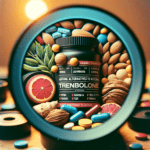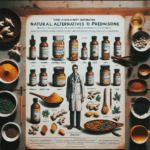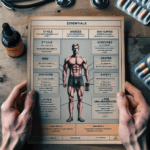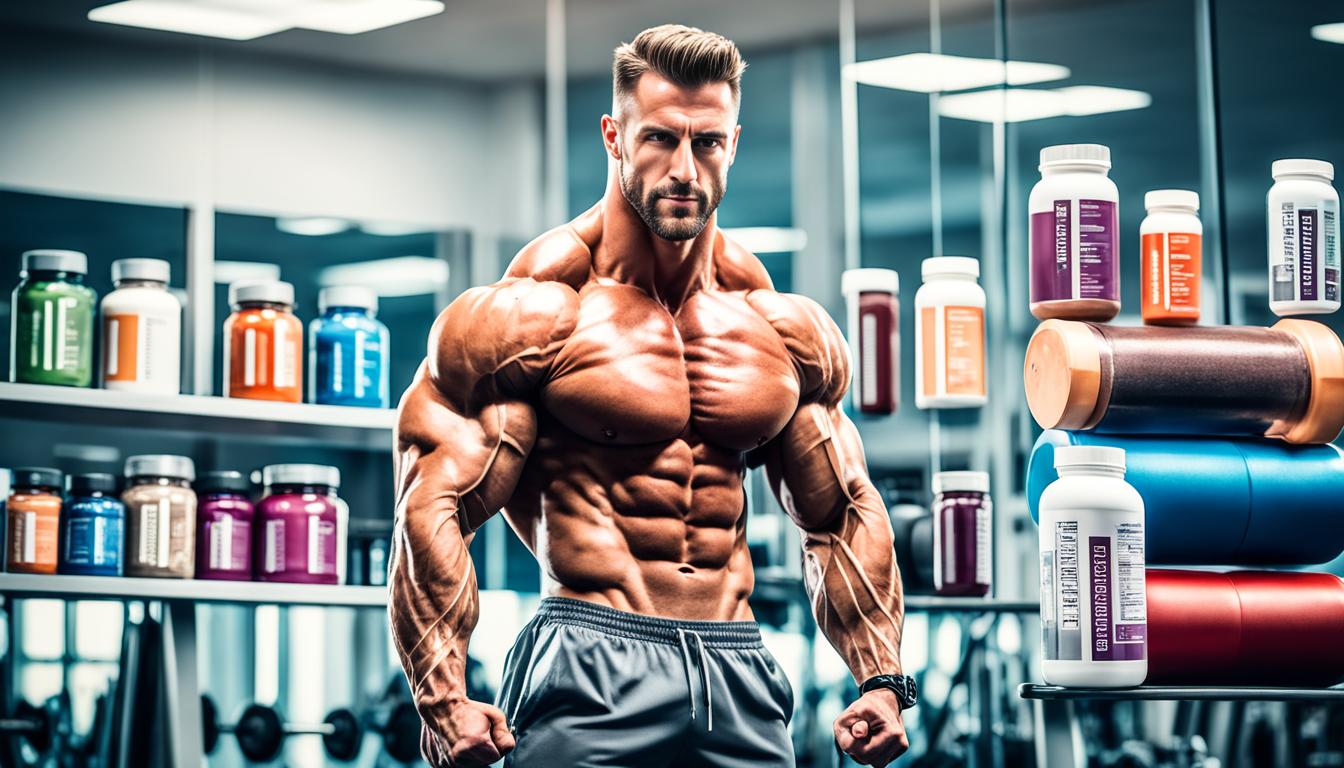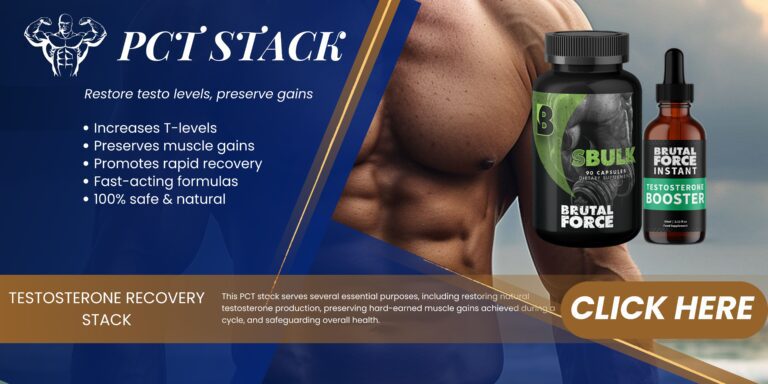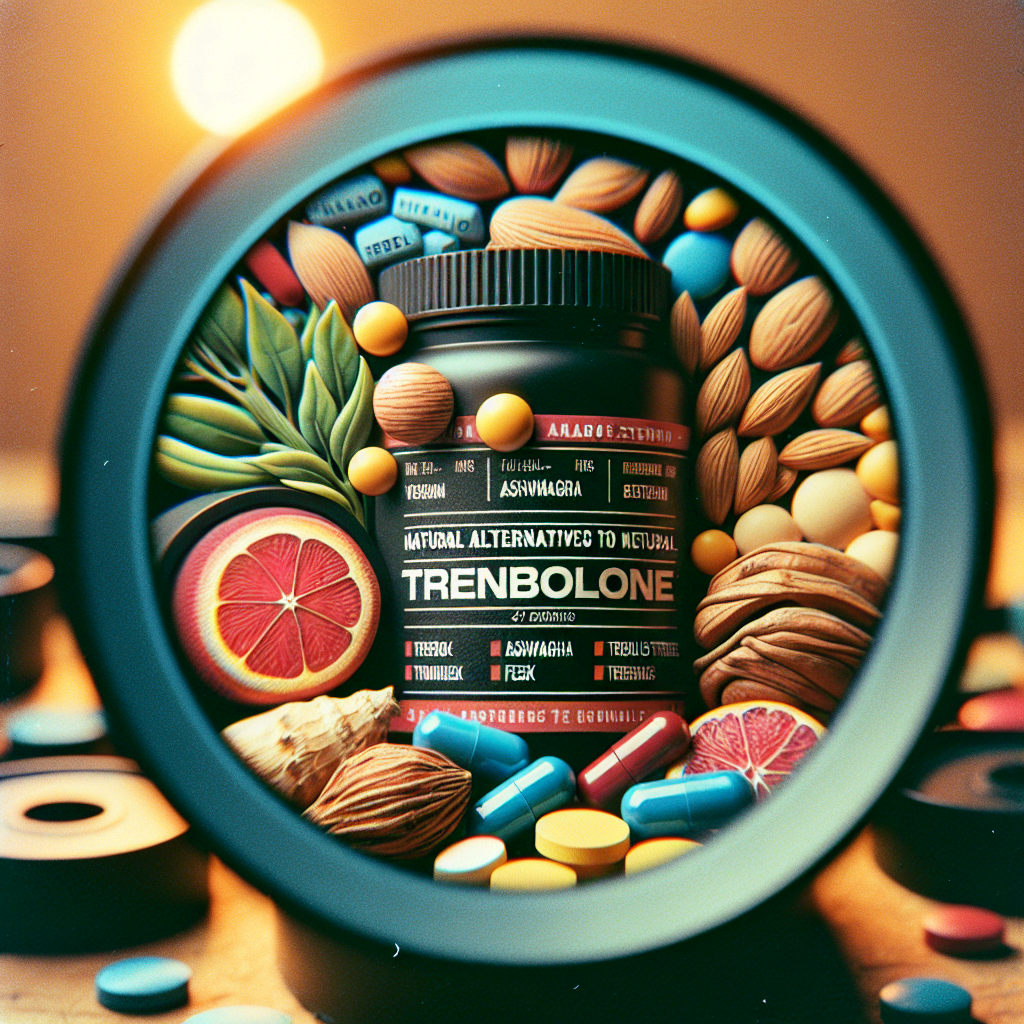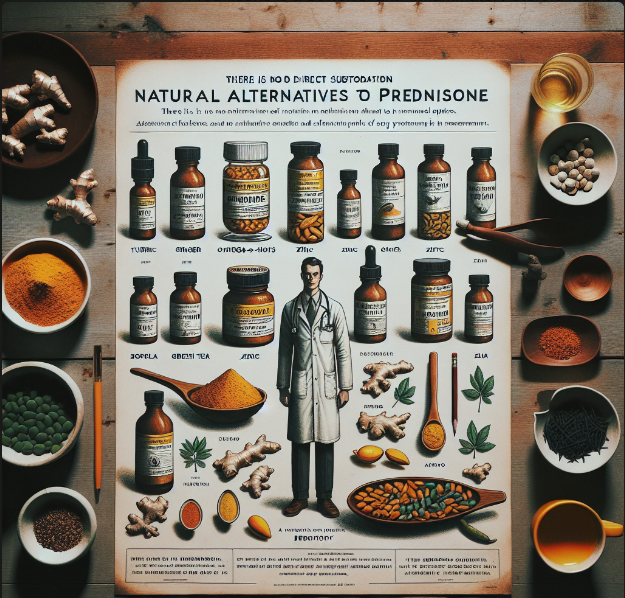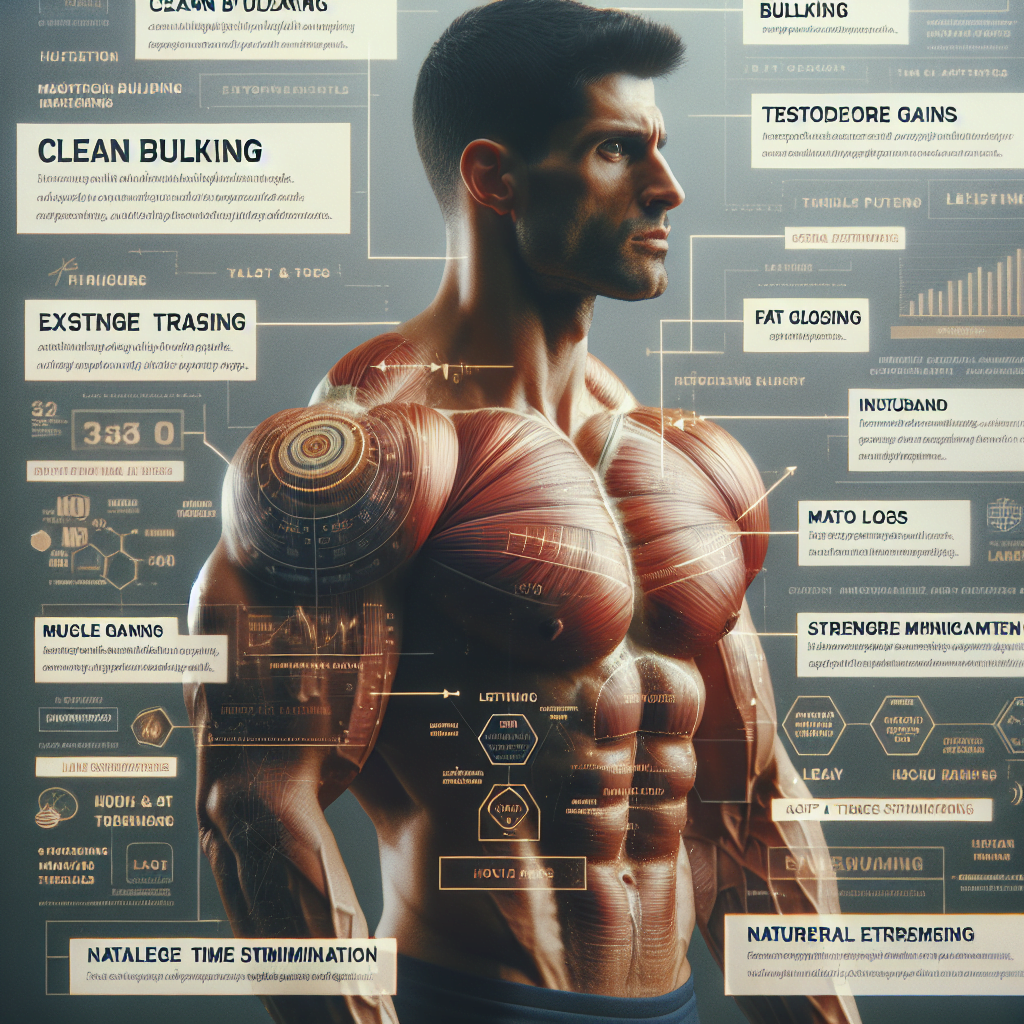Post-Cycle Therapy in Bodybuilding
Ever wondered about the secret behind bodybuilders‘ huge, defined muscles? Yes, hard work plays a huge part. But many top athletes use anabolic-androgenic steroids (AAS) for that extra push. These drugs are known to greatly increase muscle growth and strength.
But what comes after the steroid use? That’s where post-cycle therapy (PCT) steps in. It’s vital for rebalancing hormones and keeping the muscle. Many ask, how crucial is PCT, really, and what does it involve?
Key Takeaways
- Post-cycle therapy (PCT) can help reduce withdrawal symptoms and restore natural testosterone production after steroid use.
- Selective Estrogen Receptor Modulators (SERMs) like Clomid and Nolvadex are commonly used in PCT to regulate estrogen levels and improve hormonal balance.
- Adequate sleep, liver support supplements, and adjusting training volume/intensity are crucial components of an effective PCT protocol.
- Monitoring testosterone levels through blood tests and seeking medical guidance are essential for a safe and successful PCT.
- Properly executing PCT can help bodybuilders maintain their hard-earned muscle gains after a steroid cycle.
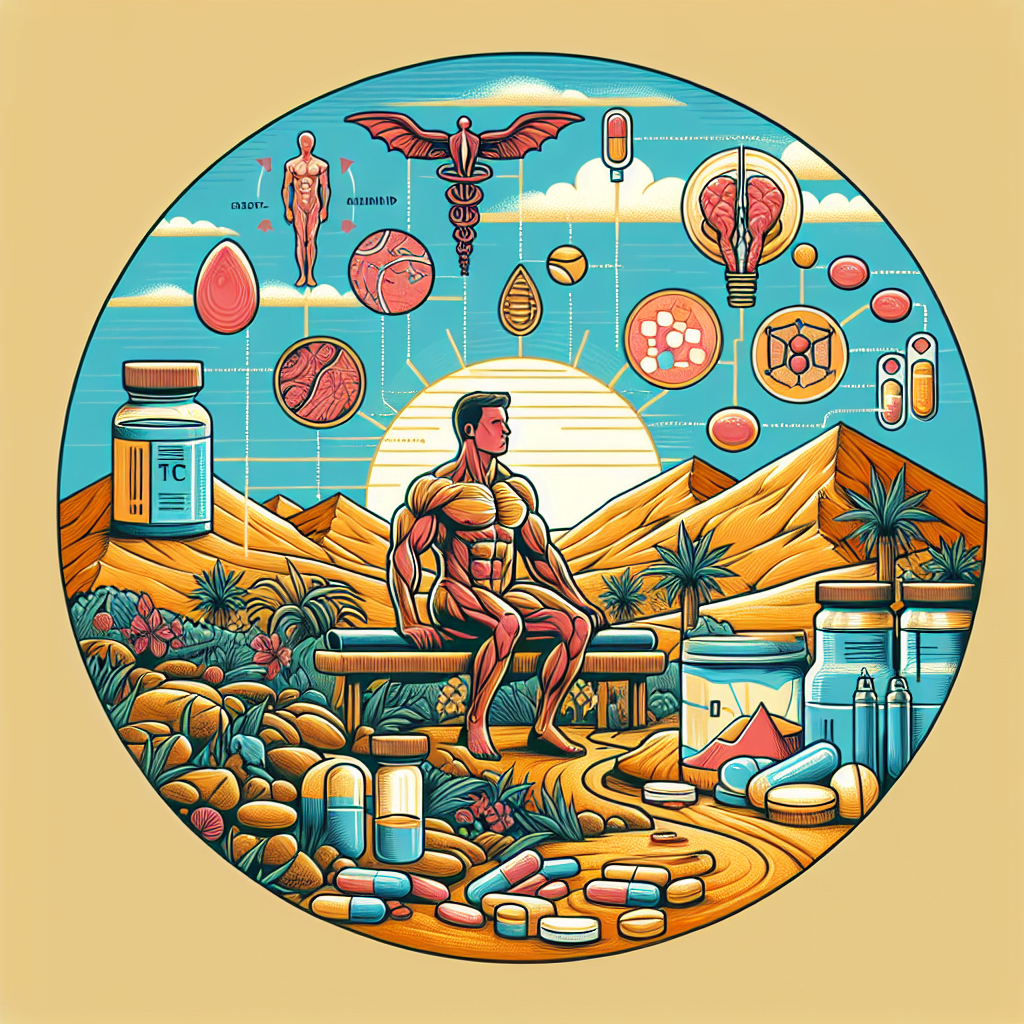
Understanding Anabolic Steroids and Performance-Enhancing Drugs
What are Anabolic Steroids?
Gym lovers and bodybuilders use anabolic steroids. They are man-made chemicals that copy the male hormone testosterone. This hormone helps build muscle, boost strength, and quicken recovery. Anabolic steroids can make your muscles much stronger and bigger than they naturally would. This happens because you heal faster and can exercise more.
Benefits and Risks of Steroid Use
Anabolic steroids, or PEDs, offer big perks to those wanting to bulk up. Muscle growth, strength, and how fast you get better after workouts all see a boost. But, using these drugs for purposes other than medical reasons has a dark side. They can harm your health in many ways. Be it heart issues, messed-up hormones, liver harm, or mental problems like anger and sadness; the dangers are real. It’s key to know what you might get and lose before thinking about these drugs.
| Potential Benefits of Steroid Use | Potential Risks of Steroid Use |
|---|---|
| Increased muscle growth and strength | Cardiovascular problems (high blood pressure, heart attacks, strokes) |
| Improved recovery and reduced inflammation | Hormonal imbalances (gynecomastia, male-pattern baldness, infertility) |
| Enhanced athletic performance | Liver damage (tumors, peliosis hepatis) |
| Psychological issues (aggression, depression, dependence) | |
| Increased risk of infections (HIV, hepatitis B and C) |
Remember, using anabolic steroids without a doctor’s prescription is illegal. It also puts your health and freedom at risk. Always talk to a healthcare expert before trying any performance-enhancing drugs.
The Importance of Post-Cycle Therapy
Restoring Hormonal Balance
Many bodybuilders and athletes use steroids in cycles. They do this to lower side effects. It also gives their body time to start making more testosterone after steroid use. But, steroids can really mess with your body’s natural hormone balance.
Stopping steroid use can make your body slow to go back to normal testosterone levels. This is where post cycle therapy comes in to help. Studies show it can make the body adjust better after stopping steroid use. It helps in reducing withdrawal symptoms and gets testosterone levels back up.
Preventing Muscle Loss
If you don’t do post cycle therapy after using performance-enhancing drugs (PEDs), it’s hard for your body to get back to making its own testosterone. You could face bad side effects for a long time. Even worse, you might lose the muscle you worked so hard for.
Doing post cycle therapy is key. It helps you keep the muscle you gained and avoid muscle loss. This is very important for those who use steroids for their workouts.
Post-Cycle Therapy in Bodybuilding
Bodybuilders and athletes often use performance-enhancing drugs (PEDs), including anabolic-androgenic steroids (AAS). After a steroid cycle ends, the body faces a big change. It needs help to return its hormones to a natural balance. This is where post-cycle therapy (PCT) comes in.
Selective Estrogen Receptor Modulators (SERMs)
Clomid and Nolvadex are key parts of PCT. They fall into a group called Selective Estrogen Receptor Modulators (SERMs). These drugs are good at controlling how much estrogen your body makes after a steroid cycle. This is important because too much estrogen can cause problems.
PCT with SERMs helps with issues like mood swings and tiredness. It also supports the body in making its own testosterone again.
Aromatase Inhibitors
Another helpful drug type in PCT is aromatase inhibitors (AIs). They stop testosterone from changing into too much estrogen. This keeps the body’s hormones in a better balance. It also helps avoid issues like gynecomastia and water retention.
Human Chorionic Gonadotropin (HCG)
Human chorionic gonadotropin (HCG) is used in PCT too. It acts like luteinizing hormone (LH) in the body. By doing this, it stimulates the testes to make more testosterone. This step helps kick-start the process of the body making its own testosterone again.
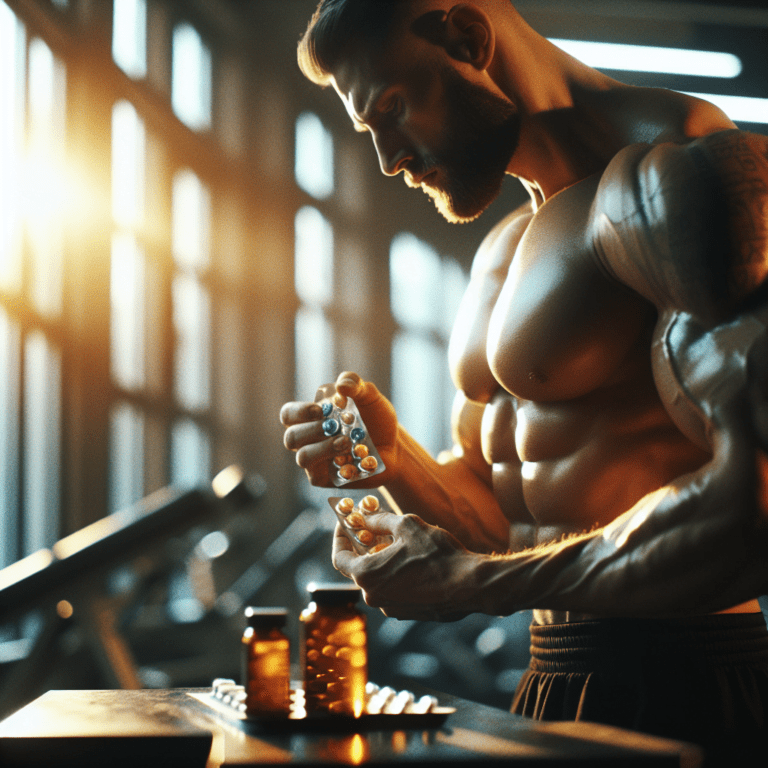
Common Drugs Used in PCT
After a steroid cycle, bodybuilders and athletes often use Clomid and Nolvadex. These drugs help balance hormones back to normal. They are selective estrogen receptor modulators (SERMs) and are different from selective androgen receptor modulators (SARMs).
Clomid (Clomiphene Citrate)
Clomid is a popular choice for treating low testosterone in men. It helps raise testosterone levels post-steroid cycle. After stopping steroid use, it might take a long time for testosterone to recover.
Some men might experience side effects like breast pain and mood swings from Clomid. Studies have found it to be effective and safe for low testosterone treatment. It’s considered safe even for long-term use.
Nolvadex (Tamoxifen Citrate)
Nolvadex works much like Clomid and is often used with it. Together, these drugs help prevent male breast enlargement. They are approved by the FDA for other conditions but are often used for post-cycle therapy.
The long-term use of drugs like Clomid and Nolvadex is still being studied. But for now, they are key in helping many athletes and bodybuilders. These drugs aim to bring back natural hormone balance and reduce the harm from steroid use.
Testosterone Recovery and HPTA Restart
Restoring natural testosterone production after steroid use is key to restart the hypothalamic-pituitary-gonadal axis (HPTA). Steroids disrupt the body’s natural balance, slowing the recovery to normal testosterone levels after use. Post-cycle therapy (PCT) is crucial in reducing withdrawal symptoms and jumpstarting testosterone production.
Protocols for HPTA restart often use hormone stimulators. Some combine HCG and SERMs to boost testosterone production and LH levels. Custom regimens with medications like HCG and clomiphene are prescribed by doctors based on individual needs.
| Treatment Timing | Recommendations |
|---|---|
| Stopping Long-Acting TRT | Start therapy five days after the last dose of esters like cypionate or enanthate. |
| Stopping Faster-Acting TRT | Begin HPTA treatment for creams a day after the last application. |
| Stopping Hormone Pellet Therapy | Wait two months after insertion before beginning therapy. |
Regular blood tests are vital to check the HPTA restart’s effects. These include testosterone levels, estradiol, LH, and more. The goal is to restore natural hormone production and improve life quality. For people with primary hypogonadism, testosterone replacement therapy might be needed.
Estrogen Control during PCT
When you stop taking anabolic steroids, your body might make more estrogen, causing a big change in hormones. Post-cycle therapy (PCT) steps in here, using meds like Clomid and Nolvadex. These drugs are part of a treatment to reduce harm from anabolic steroid use and get your hormones back to normal.
The aim of PCT is to control estrogen levels. This reduces the side effects you might face after quitting steroids.
Managing Estrogenic Side Effects
In PCT, it’s key to handle the jump in estrogen. SERMs like Clomid and Nolvadex come in handy. They balance your hormones, including FSH and LH, which helps increase testosterone.
This balance stops issues like gynecomastia (enlarged male breasts), water retention, and mood changes.
Living healthily in PCT, with enough sleep, good food, and smart workouts, makes managing estrogen easier. This supports your body’s recovery, making it easier to get your hormones in check naturally.
Liver Support and Supplementation
After a cycle of performance-enhancing drugs, it’s vital to support your liver. These drugs, including anabolic steroids, can harm your liver. To help prevent liver damage, adding specific supplements to your post-cycle therapy (PCT) is smart.
Milk Thistle and N-Acetyl Cysteine
Milk thistle, known for its key ingredient silymarin, can lessen liver damage from drugs and toxins. Research shows that N-Acetyl Cysteine (NAC) is good for liver health too. Adding these to your PCT supplements list supports your liver and overall well-being during recovery.
For reducing cortisol, use phosphatidylserine and acetyl-l-carnitine. High cortisol levels may cause muscle loss in the post-cycle phase. These supplements can help keep your muscle mass intact.
Natural Testosterone Boosters
Post-cycle therapy (PCT) is key after a steroid cycle. It helps restore hormonal balance and keep muscle gains. Medications like Clomid and Nolvadex are often used. But, natural testosterone boosters can also offer benefits.
D-Aspartic Acid
D-aspartic acid (D-AA) is a well-researched booster. It can raise LH and free testosterone levels. This is important for keeping muscle and libido up during PCT.
Zinc and Magnesium
Zinc and magnesium are key for testosterone too. Men with low testosterone often lack zinc. Adding zinc might raise testosterone in healthy men. Magnesium, when used with exercise, can also improve testosterone levels.
Natural boosters might not work as strongly as drugs. But they can still help during PCT. They support balance, mood, and recovery. Always talk to a doctor to make the best PCT plan for you.
Next, we’ll look at specific PCT plans and how to better your training and diet for recovery.

Post-Cycle Therapy Protocols
After a steroid cycle, individuals need post-cycle therapy (PCT) to help their bodies recover. The drugs and amounts used vary depending on each person’s situation. Some turn to over-the-counter items like testosterone boosters and estrogen blockers. But often, they’re not strong enough for those coming off a steroid cycle. In these cases, people need powerful medications to balance hormones and lessen the side effects from stopping PEDs.
Standard PCT Protocol
A basic PCT plan involves using selective estrogen receptor modulators (SERMs). Drugs like Clomid and Nolvadex are good examples. They help to keep estrogen after a cycle from causing trouble in the body. Sometimes, doctors will also add aromatase inhibitors (AIs). These include drugs like Aromasin. They help by lowering estrogen levels even more. Human Chorionic Gonadotropin (HCG) is another option. It’s used to kickstart the body’s natural testosterone production again.
Advanced PCT Protocol
More seasoned steroid users or those who’ve taken larger amounts might need advanced PCT. This approach includes using compounds like Leuprolide or GnRH analogs. They’re added to help reset the body’s natural testosterone production better. Deciding on the specific drugs, doses, and when to take them in an advanced PCT should be done with a healthcare professional. This ensures the plan is both safe and effective for the user.
Training and Nutrition during PCT
After a steroid cycle, balancing training and recovery is key. It’s smart to keep working out. This helps keep muscle and strength you’ve gained. But, it’s just as crucial to adjust. Listen to what your body needs. Change how much you train or how hard based on what feels right.
Adjusting Training Volume and Intensity
The post-cycle period might be tough. Your body is trying to get its hormones back to normal. So, during this time, cut back a bit on how hard you push yourself.
A good PCT workout plan could include doing 4-6 reps with 85-90% of your max weight. Do this for 4-5 sets of each exercise. It’s a less intense, but still focused, way to maintain muscle and strength. This approach isn’t as tough on your body that’s healing.
Dietary Considerations for PCT
Eating right is as important as the way you work out during PCT. Start by nearly doubling your daily calories for the first 3-4 days. Then, stick to a high-calorie diet for a week or more. A sudden jump in calories might add 2-3 pounds, but your body will thank you. It’s necessary for recovery and keeping your muscles.
As you near the end of your steroid cycle, think about reducing calories by 20% for the final 2 weeks. This step readies your body for the PCT phase. It can stop you from losing weight or muscle during the changeover.
Being thoughtful about training, diet, and recovery during PCT pays off. It helps keep your muscle and encourages your body’s natural hormones to balance again. This way, you get the most out of the effort you’ve put in.
Side Effects and Precautions
Post-cycle therapy (PCT) is key to bringing your hormones back to normal after taking steroids. But, it’s vital to know about the side effects. This way, you can take steps to make your PCT journey safer and successful.
Potential Side Effects of PCT
Some people might experience skin issues like itching, blisters, or redness where the medication was applied. They might also see blood or black, tarry stools, feel a burn, or have strong belly pain. Some might get blurred vision, have issues with their private parts, or find their ears pounding. Others might notice pain, red skin, or swelling in their arms or legs, though these are less common.
Folks might also feel down, not want to eat, or be very tired. Some could unexpectedly grow faster, get cold hands and feet, or see pimples. Keep in mind, not all possible side effects are listed here. Always talk to your doctor to understand your specific risks and how to avoid them.
Seeking Medical Guidance
If you notice side effects after stopping steroids, don’t wait. Reach out to a doctor. They’ll do blood tests to figure out the best PCT for you and watch your hormones closely. Post-cycle therapy is not something you should attempt on your own. Doing it wrong can cause other issues and harm your hormonal balance for a long time.
Working with a health pro makes PCT safer and more effective. It decreases the risk of hormonal problems and makes it easier to go back to how your hormones were before. This way, you can keep the good from the steroids and still be healthy.
Conclusion
We don’t support using steroids without a medical need. But, doing a post-cycle therapy (PCT) can be beneficial. This cycle helps normalize hormones and lower estrogen levels. It also helps in getting your natural testosterone back up.
It’s key to work with a healthcare provider when doing PCT. This can help lessen the risks and side effects. With a good PCT plan, bodybuilders safeguard their muscle progress and health after using steroids.
Our study shows that a post-cycle therapy is a must. It helps balance hormones and deal with side effects of these drugs. Seeking medical advice when stopping steroids ensures a safe recovery.
Deciding to take anabolic steroids is up to you. We advise carefully considering the pros and cons. If you opt for steroid cycles, focusing on PCT is crucial. It can reduce harm and help your health and fitness goals in the long run.

